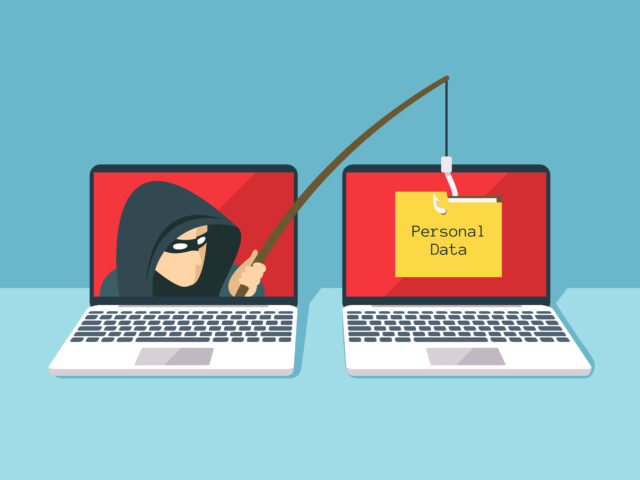In the digital age, where our lives are increasingly intertwined with technology, the threats of phishing and ransomware have become all too real. Cybercriminals are constantly evolving their tactics to exploit unsuspecting individuals and organizations. But fear not! With the right knowledge and vigilance, you can fortify your digital defenses and protect yourself against these malicious attacks. In this blog post, we’ll delve into the world of phishing and ransomware, and provide you with practical tips to avoid falling victim to these cyber threats.
Understanding Phishing
Phishing attacks are cunning attempts to trick you into revealing sensitive information such as passwords, credit card numbers, or personal details. Cybercriminals often use email, social engineering, or fake websites to appear trustworthy. Here’s how you can avoid falling for phishing scams:
- Scrutinize Emails: Be cautious when you receive unexpected emails, especially those asking for sensitive information or instructing you to click on suspicious links. Check for typos, generic greetings, and unfamiliar senders.
- Verify Sender Identity: Before clicking on any links or downloading attachments, verify the sender’s identity. If you’re unsure, contact the sender directly through official channels.
- Look for Secure Connections: Always ensure the website you’re visiting is secure. Check for “https://” in the URL and look for a padlock symbol in the browser’s address bar.
- Use Two-Factor Authentication (2FA): Enable 2FA wherever possible. This adds an extra layer of security by requiring a second form of verification in addition to your password.
Understanding Ransomware
Ransomware is a malicious software that encrypts your files, rendering them inaccessible. Cybercriminals then demand a ransom to provide the decryption key. Protecting yourself against ransomware requires a proactive approach:
- Backup Your Data: Regularly backup your important data to an external device or cloud storage. This ensures that you can restore your files even if they’re encrypted by ransomware.
- Keep Software Updated: Outdated software is more vulnerable to ransomware attacks. Enable automatic updates for your operating system and applications.
- Be Cautious with Email Attachments: Ransomware often spreads through email attachments. Avoid opening attachments from unknown sources or unexpected emails.
- Use Antivirus Software: Invest in reputable antivirus and anti-malware software to detect and prevent ransomware infections.
- Educate Employees: If you’re a business owner, educate your employees about the risks of ransomware and the importance of following security protocols.
Additional Security Measures
To bolster your defenses against both phishing and ransomware:
- Invest in Cybersecurity Training: Stay informed about the latest threats and educate yourself and your team on safe online practices.
- Implement Email Filters: Employ email filtering solutions to help identify and block phishing attempts.
- Employ a VPN: Use a Virtual Private Network (VPN) to encrypt your internet connection, making it more challenging for attackers to intercept your data.
- Regularly Monitor Accounts: Keep an eye on your bank and email accounts for suspicious activities.
Conclusion
Phishing and ransomware attacks are on the rise, but with the right knowledge and proactive measures, you can significantly reduce your vulnerability. By staying vigilant, keeping your software updated, and practicing good cybersecurity hygiene, you can defend your digital fortress and enjoy the benefits of the digital age without the fear of falling victim to these malicious threats. Remember, in the world of cybersecurity, prevention is the best cure.



